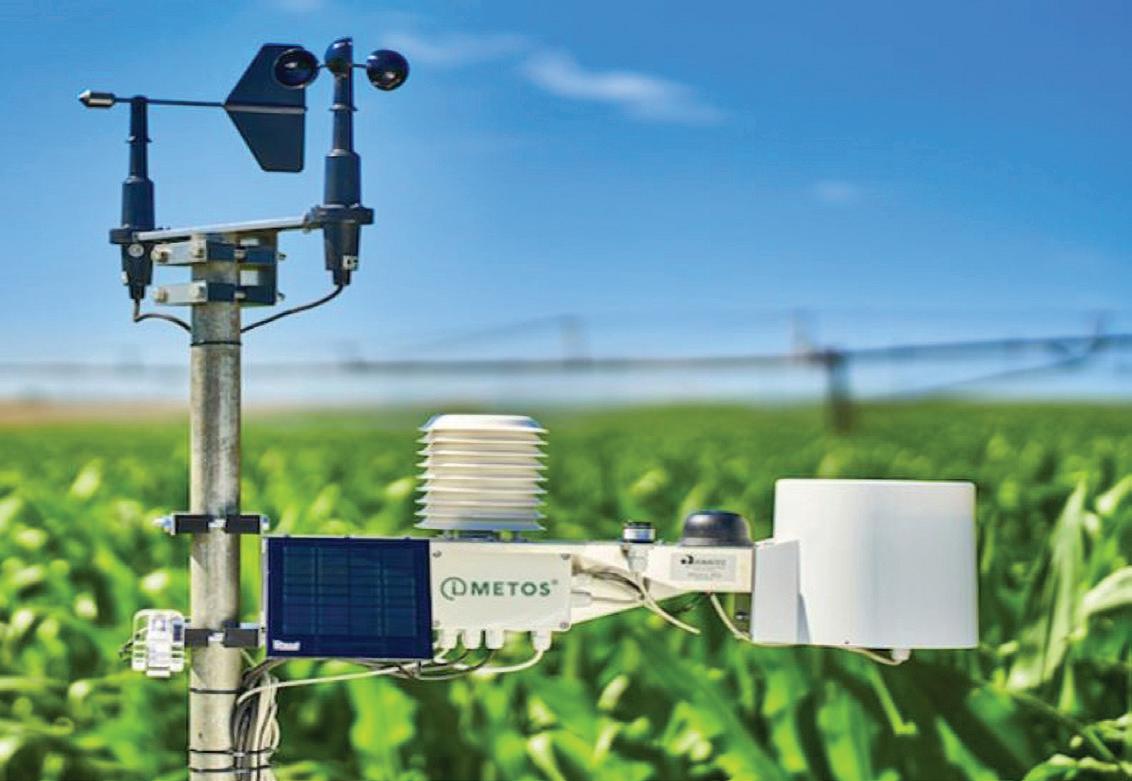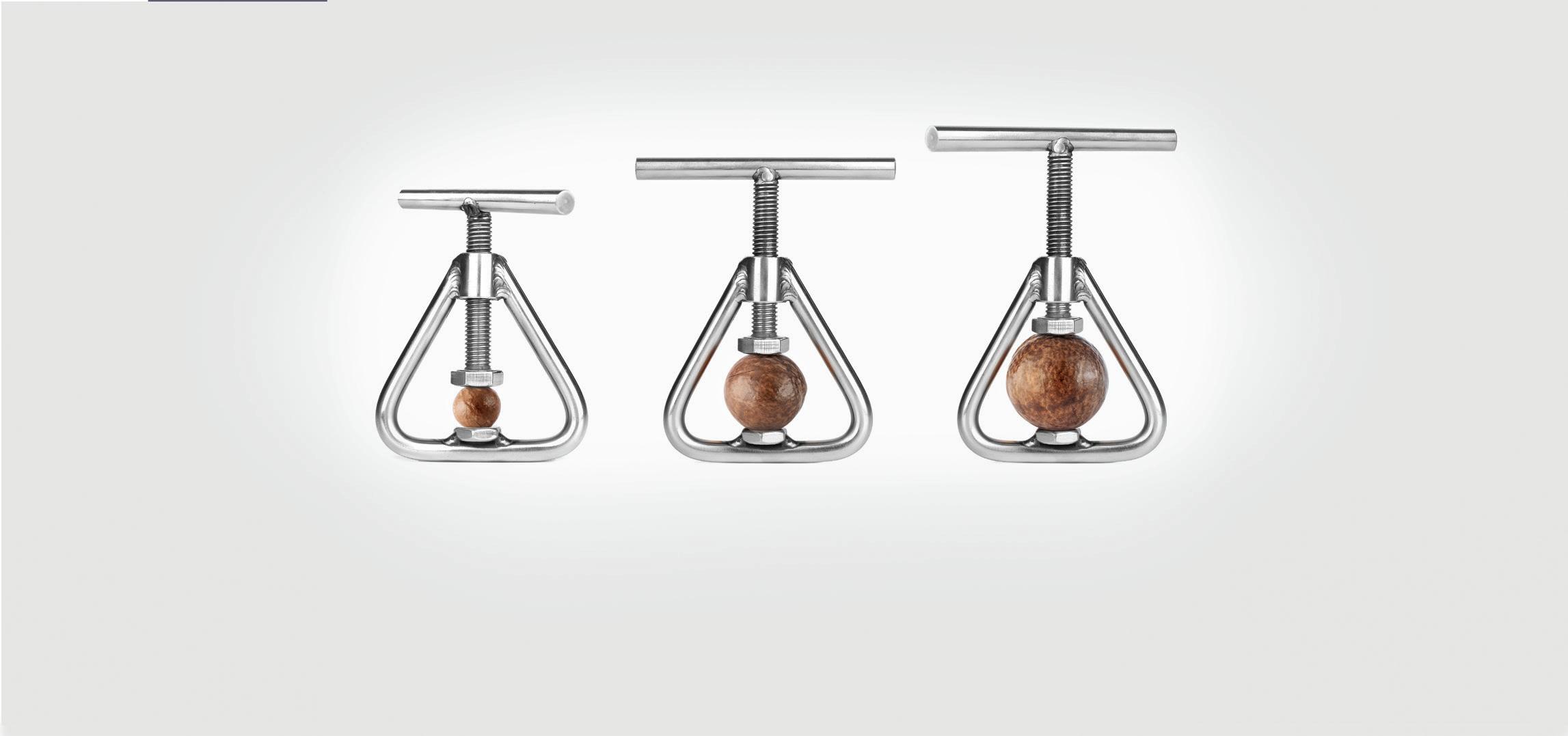
6 minute read
Why plant diversity is so important for bee diversity
UNIVERSITY OF SUSSEX
As abundant and widespread, it is common to see both bumblebees and honey bees foraging on the same flower species during the summer, whether in Britain or any other country.
YET RESEARCHERS AT THE Laboratory of Apiculture and Social Insects (LASI) at the University of Sussex show that these two different bees dominate on different flower species and through research can now determine why. By studying 22 flower species in southern England and analysing the behaviour of more than 1 000 bees, they found that “energy efficiency” is a key factor when it comes to mediating competition. Bee bodyweight and the rate at which a bee visits flowers determine how energy efficient they are when foraging. Bodyweight determines the energy used while flying and walking between flowers, with a bee that is twice as heavy using twice as much energy. The rate at which a bee visits flowers, the number of flowers per minute, determines how much nectar, and therefore energy, it collects. Together, the ratio of these factors determines bee foraging energy efficiency. Professor of Apiculture, Francis Ratnieks, said: "While they forage on the same flowers, frequently we find that bumblebees will outnumber honey bees on a particular flower species, while the reverse will be true on other species growing nearby. "What was remarkable was that differences in foraging energy efficiency explained almost fully why bumblebees predominated on some flower species and honey bees on others. "In essence, bumblebees have an advantage over honey bees in being faster at visiting flowers, so can gather more nectar (energy), but a disadvantage in being larger, and so using more of the nectar energy to power their foraging. On some flower species, this gave an overall advantage to bumblebees, but on others to honey bees." In the study, published in the journal Ecology, the researchers used stopwatches to determine how many flowers a bee visited in one minute. Using a portable electronic ba- lance to weigh each bee, researchers found that, on average, bumblebees are almost twice as heavy as honey bees. This means that they use almost twice as much energy as honey bees. The stopwatch results showed that they visit flowers at twice the rate of honey bees, which compensate in terms of energy efficiency. On some flower species such as lavender, bumblebees dominated and were visiting flowers at almost three times the rate of honeybees. The differences in the morphology of flowers likely affect how energy efficient the two bee types were. Ling heather, with its mass of small flowers, was better suited to the nimbler honey bee who was able to visit more flowers per minute than the bumblebees. By contrast, Erica heather, which was growing beside the ling heather in the same nature reserve, has large bell-shaped flowers and was better suited to bumblebees. Author Dr Nick Balfour said: “The energy efficiency of foraging is particularly important to bees. The research showed that the bees were walking (and flying) a challenging energy tightrope; half the energy they obtained from the nectar was expended in its collection.” Energy (provided by nectar for bees) is a fundamental need, but the fact that honey bees and bumblebees do not compete head-on for nectar is reassuring in terms of conservation and co-existence. Prof Ratnieks explained: "Bumblebees have a foraging advantage on some plants, and predominate on them, while honey bees have an advantage on others and predominate on these. "Bee conservation, therefore, benefits from flower diversity, so that should certainly be a focus on bee conservation efforts. But fortunately, flowering plants are diverse." The research team, which included Sussex PhD student Kyle Shackleton, Life Sciences undergraduates Natalie A. Arscott, Kimberley Roll-Baldwin and Anthony Bracuti, and Italian student volunteer, Gioelle Toselli, studied flower species in a variety of local locations. This included a nature reserve, the wider countryside, Brighton parks, Prof Ratnieks's garden and a flower bed outside Sussex House on the University campus. Dr Balfour said: "Whether you have a window box, allotment or a garden, planting a variety of summer-blooming flowers or cutting your grass less often can help pollinators during late summer."
A bumblebee foraging on lavender. Photo by Prof Francis Ratnieks.
This is the slogan of Villa Crop Protection. For the last 25 years, Villa has been a leading agrochemical supplier. With the rapid expansions in the nut industry, tree nuts have been priority crops and we have allocated vast numbers of resources to the development of crop protection products that will not only benefit producers, but the industry as a whole.
In South-Africa, all crop protection products must be registered under Act 36 of 1947. This is an intensive, costly and time-consuming process. Statistical trials must be completed successfully in different climate zones over a period of two- to three seasons. Thereafter the data can be submitted to the registrar for approval. From the first trials to registration of a single product can take up to five years.
It is therefore an intricate planning process, taking in consideration current needs in the industry, predicting future needs, keeping up with international legislation, managing constant limitations in maximum residue levels (MRL’s) and changing consumer & market demands.
With more than 750 registrations over all major commodities, Villa’s strategy is to develop and secure sustainable, effective and affordable crop protection products as part of a larger integrated pest management system. Effective control of pests and diseases without compromising operator health, food safety or the environment, became all too important over the past couple of decades. Hard chemicals are being banned annually from international markets, and the maximum residue levels of allowed chemicals are being regulated and monitored with an eagle’s eye.
Products: Villa’s portfolio covers all areas; herbicides, fungicides, insecticides, plant growth regulators, and a patented range of new technology micronutrients. Winfield United, our American partners are the world leaders in the field of adjuvants and some ground-breaking innovative new products will soon be available locally as well.
INSECTICIDES: ALPA-THRIN 100 SC CYPERMETHRIN 200 EC NEMACUR 100 GR LAMBDA 50 EC APEX 500 WDG KLAXON 240 EW THIATOX 240 WDG TRIVIA 500 WDG IMIDOR 350 SC SEVIN XLR PLUS WALKER 240 SC HERBICIDES: GRAINWATCH 400 WDG SCAT 360 SL GLYGRAN 710 SG SKOFFEL 200 SUPER BOUND 200 SL FUNGICIDES: COPPER OXYCHLORIDE WP PROPICONAZOLE 250 EC


PGR:
ETHAPHON 480 SL AVOCET ADJUVANTS: CHARGE E AQUABUFF SUMMIT SUPER AMS SUPER Insights: As part of our data-driven decision- and precision-ag strategies nationally, Villa is erecting more than 100 state-of-the-art weather stations imported from Switzerland. This will enable us to improve our pest- and disease predictive models, weather risk management, irrigation planning and numerous other valuable data resources.
“Orchard Blitz” is a concept through which principles and practices are visibly demonstrated in the orchards. Presentations are done on several relevant topics and technical levels accommodating everyone from farm workers to producers and technical advisors.
Expertise: The Villa team consists of a treasury of knowledge, experience and expertise ranging from product development, technical assistance, training, on-farm support, to accredited online agricultural courses and webinars.










